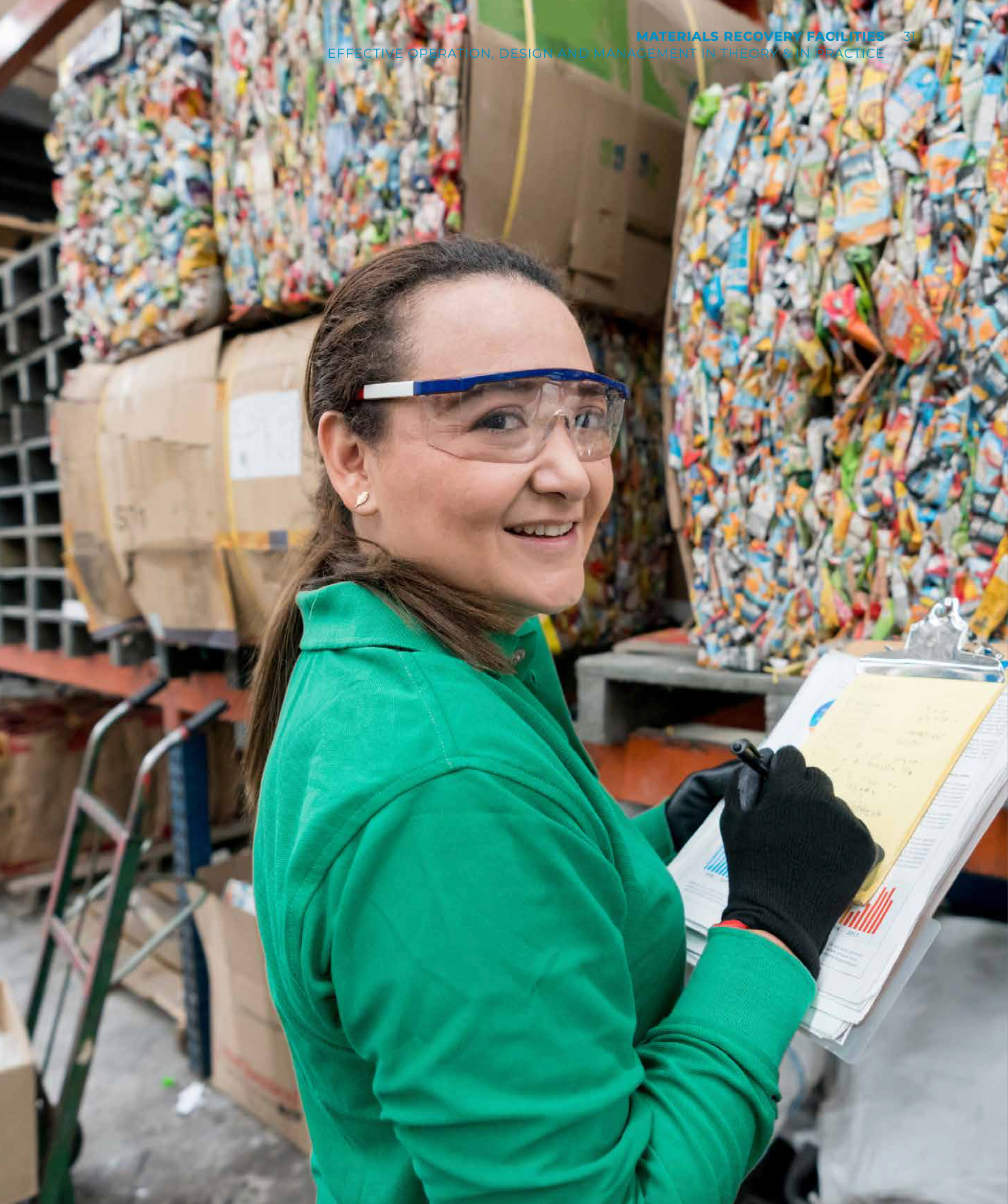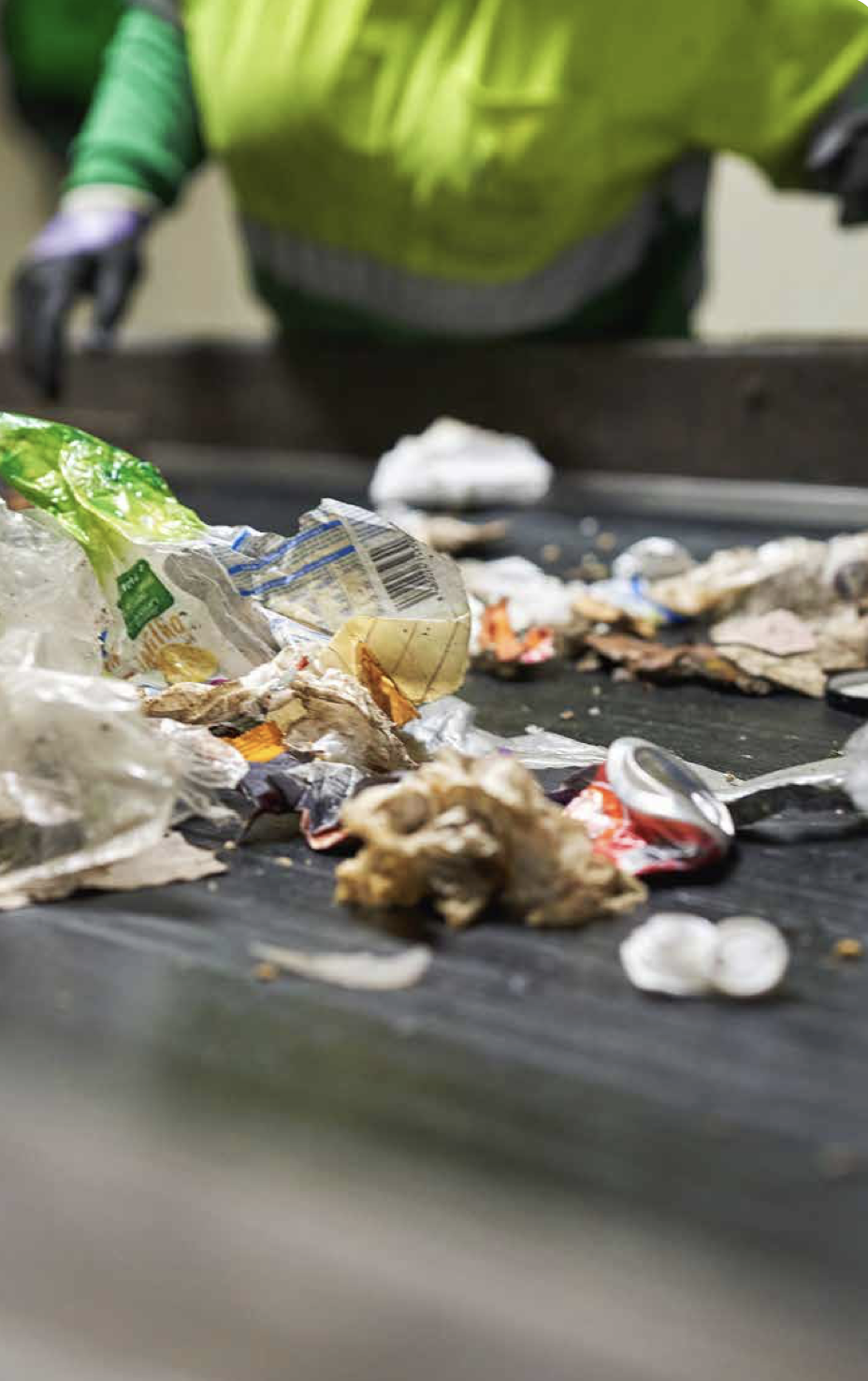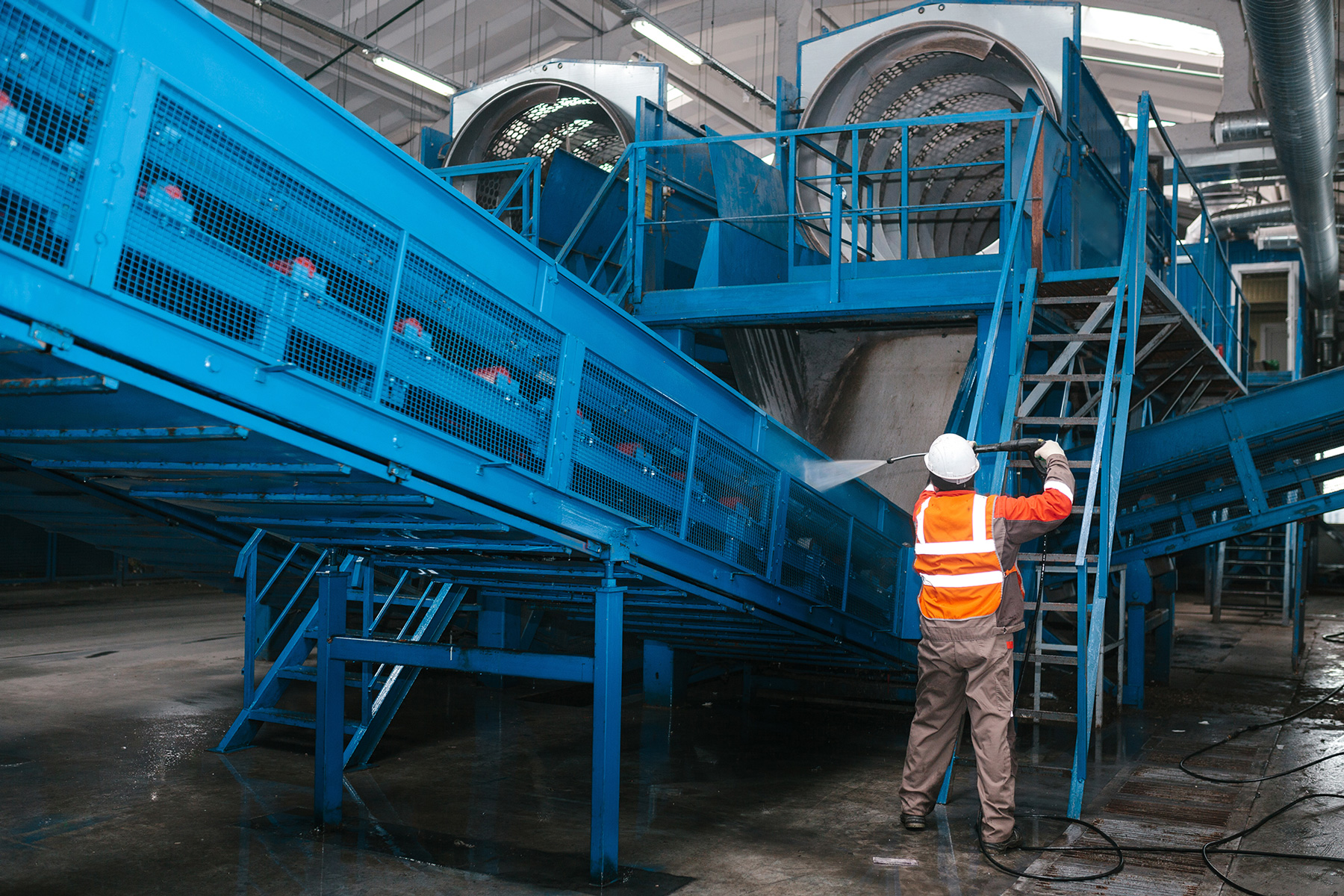As Extended Producer Responsibility laws gain momentum across the U.S, policymakers and businesses are asking more of recycling operators, including increased transparency, higher targeted yields and new materials recovery options. The increased demand presents opportunities for operators ready to innovate — but access to data and best practices is not evenly distributed, which risks leaving some facilities behind. To level the playing field and help materials recovery facilities (MRFs) meet the moment, we partnered with leading industry association, American Beverage, to develop a best practice guide for operators.


.svg)






